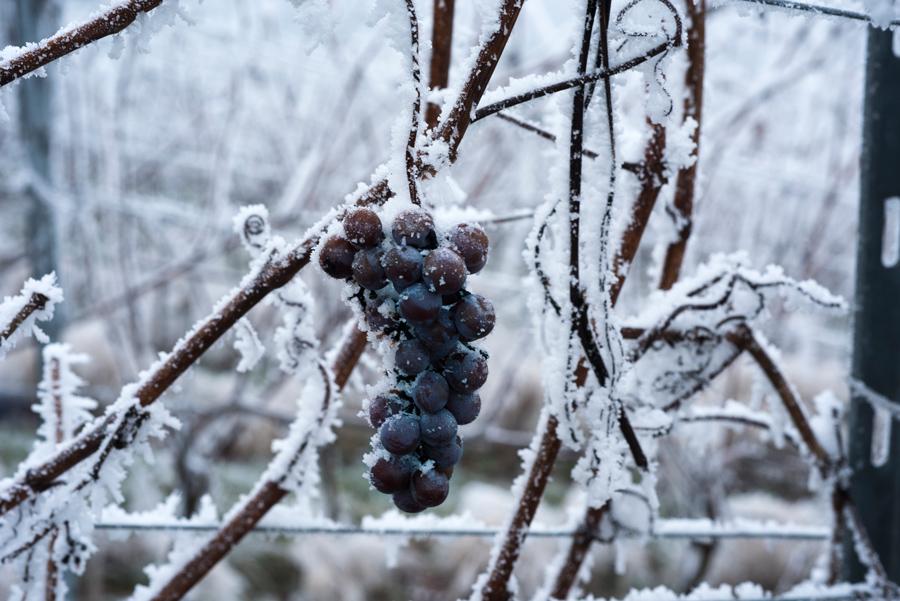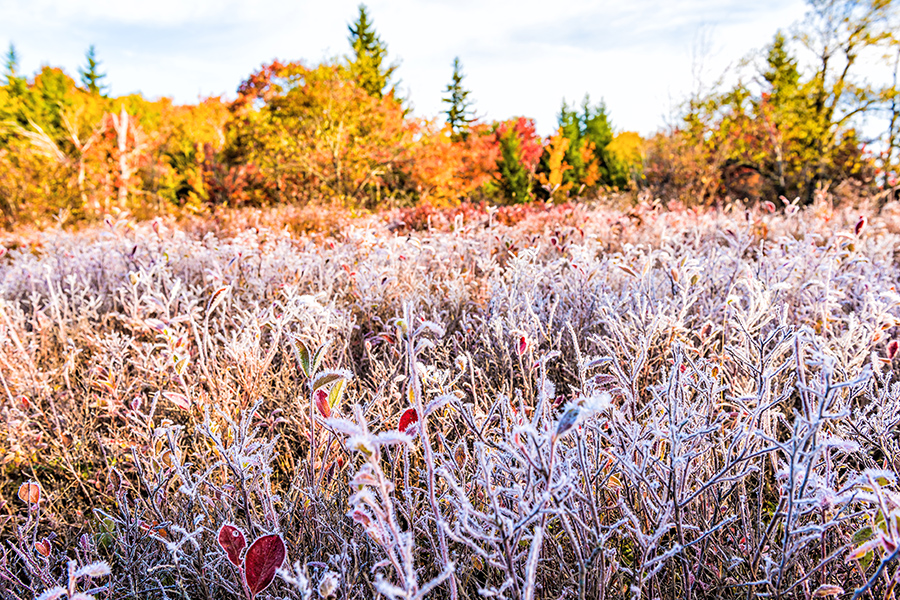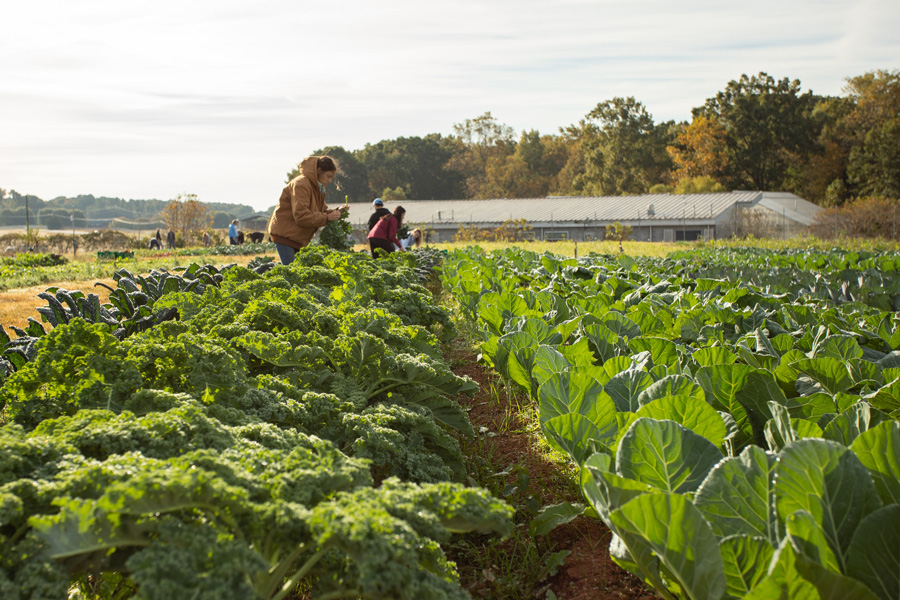-

C 1130
Armyworms in Sod
There is considerable confusion regarding the life cycle and timing of fall armyworm infestation in turfgrass. It is not unusual for fall armyworms to infest newly planted sod in a home landscape, especially during late summer to fall. When fall armyworm infestation is detected, sod producers are often blamed for…|
-
 Sweet potatoes are members of the Convolvulaceae family, which includes morning glory. They are native to tropical America and are a perennial plant there. In more temperate regions such as the United States, they are frost-sensitive and grown as annuals. Sweet potatoes are grown for their edible root, which is…
Sweet potatoes are members of the Convolvulaceae family, which includes morning glory. They are native to tropical America and are a perennial plant there. In more temperate regions such as the United States, they are frost-sensitive and grown as annuals. Sweet potatoes are grown for their edible root, which is…|
-

New ornamentals have long been considered the lifeblood of the green industry. This publication contains recommendations for best-performing new annuals based on research conducted at the Trial Gardens at the University of Georgia, showcasing the plants that were awarded Classic City Awards in 2017.
|
-

B 1490
Vineyard Frost Protection
The vineyard industry is growing across Georgia and across the Eastern United States. Frost is a perennial threat in these regions, and reducing frost risk can save approximately $48,000 per acre in return revenues. Since many growers new to the industry will be planting vineyards, it is important that they…|
-
 In Georgia, there are many small-scale producers that largely use ecological production practices, such as Certified Organic, and sell in farmers markets or other direct marketing channels. As these direct markets begin to saturate, these producers may need to forge a path beyond direct markets to wholesale or institutional markets…
In Georgia, there are many small-scale producers that largely use ecological production practices, such as Certified Organic, and sell in farmers markets or other direct marketing channels. As these direct markets begin to saturate, these producers may need to forge a path beyond direct markets to wholesale or institutional markets…|
-
 Frost protection systems tremendously benefit commercial blueberry production in Georgia. These systems are expensive and usually configured as overhead irrigation systems. For the system to provide protection, it must operate as soon as it’s needed. The best practice for maintaining a frost protection system is to perform preventative maintenance service…
Frost protection systems tremendously benefit commercial blueberry production in Georgia. These systems are expensive and usually configured as overhead irrigation systems. For the system to provide protection, it must operate as soon as it’s needed. The best practice for maintaining a frost protection system is to perform preventative maintenance service…|
-
 Pathogens in household waters pose a serious threat to human health. The Center for Disease Control and Prevention (CDC) have recorded many drinking water microbial-associated disease outbreaks in the U.S., causing illness, hospitalization, and even death. The two most commonly identified reasons for these outbreaks are the bacterium Legionella spreading…
Pathogens in household waters pose a serious threat to human health. The Center for Disease Control and Prevention (CDC) have recorded many drinking water microbial-associated disease outbreaks in the U.S., causing illness, hospitalization, and even death. The two most commonly identified reasons for these outbreaks are the bacterium Legionella spreading…|
